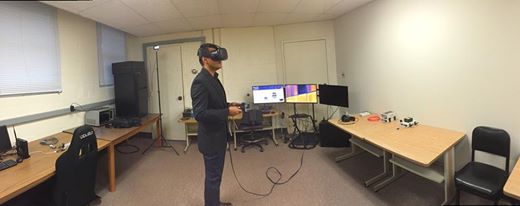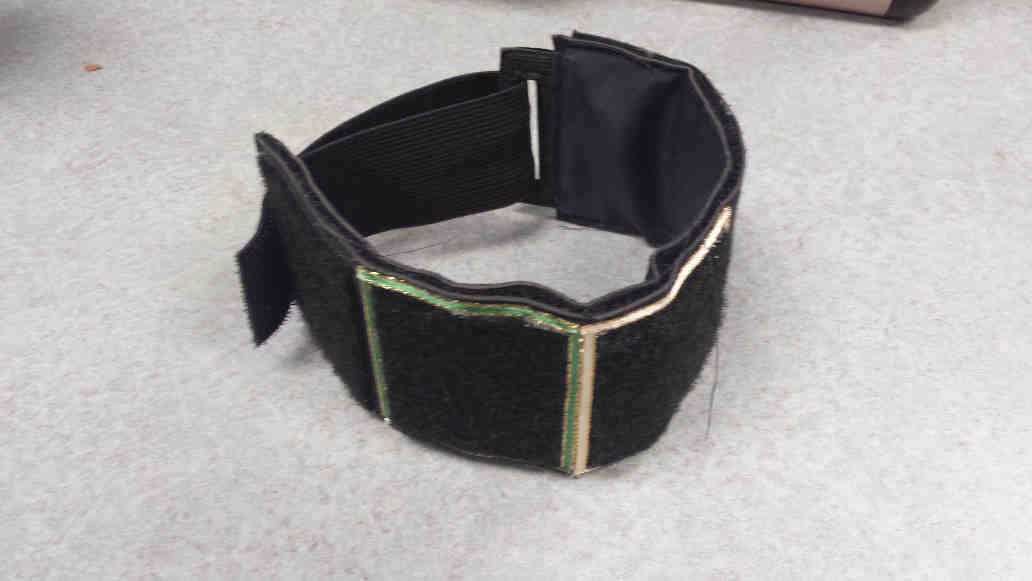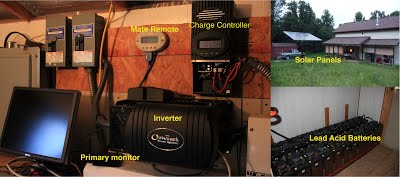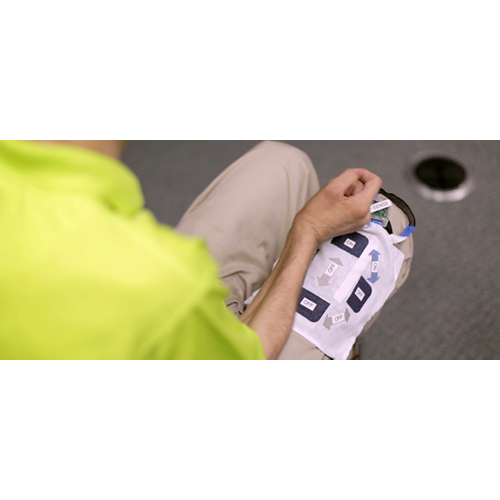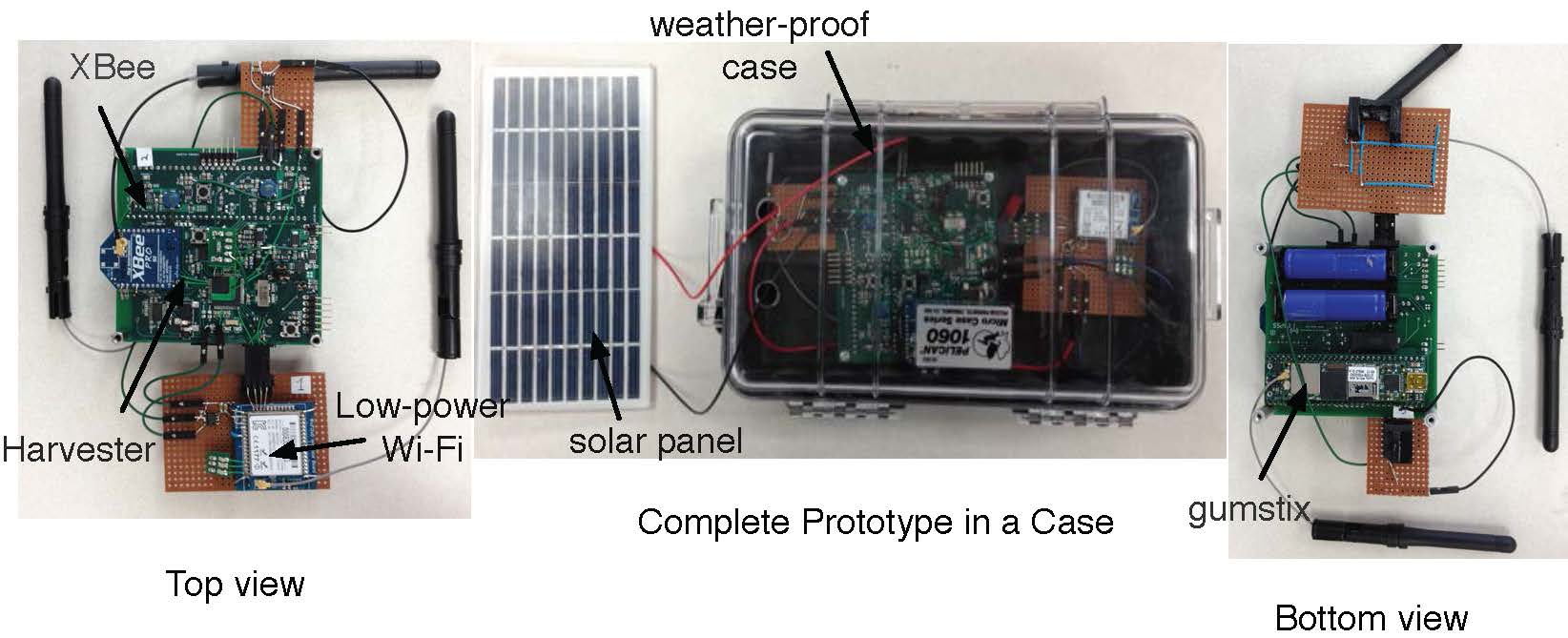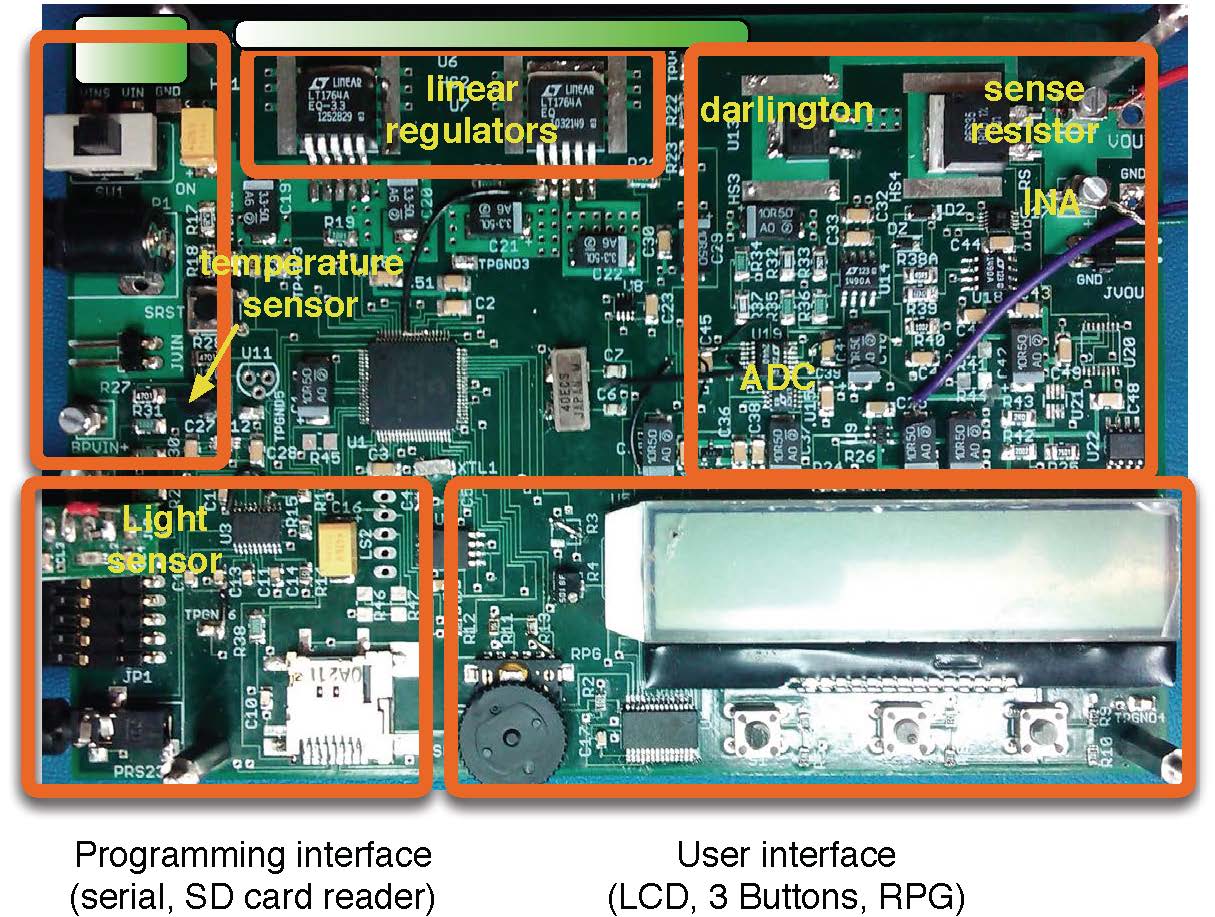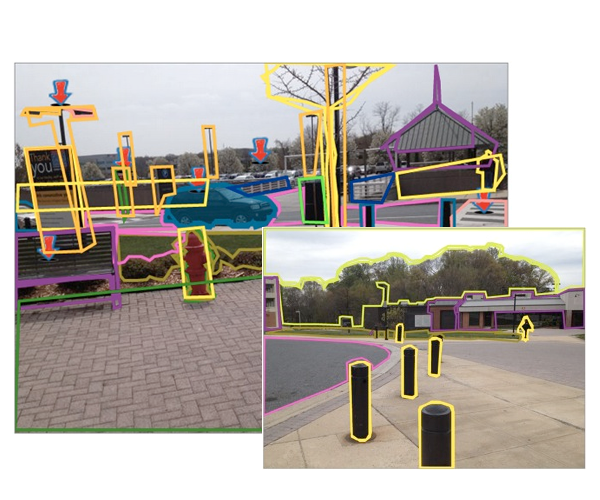
|
Nilanjan Banerjee Professor email: nilanb AT umbc.edu |
Lab Updates on Facebook!
New Hope for People Living with ParalysisEclipse researchers with UMB research (Dr. Sandy McCombe-Waller) were recently featured in a video developed by Microsoft Research. The video showcases Banerjee, Robucci, and UMB professor Sandra McCombe Waller, as they discuss the application of Microsoft’s Lab of Things to the team’s wearable sensing system project. Read more. |
Low-cost Distracted Driving DetectionMy group has developed a novel proximity sensor-based system that analyzes driver movements and infers whether he/she is distracted or driving dangerously. The key novelity of our approach is that our sensors are built into head-gears, dashboards, and door mats inside vehicles and can non-intrusively detect dangerous and distracted driving using our novel signal processing algorithm. Our goal is to build these sensors into fleet vehicles. Read more. |

NSF and TEDCO Grant Awarded
Professors Nilanjan Banerjee, Ryan Robucci, and Chintan Patel have been awarded a $650,000 NSF grant from the NSF-NIH Smart and Connected Health program and a $150,000 TEDCO grant on wearable computing.
Micro-doppler Radar System for Tongue Gesture RecognitionEclipse researchers have developed a micro-doppler radar array system that can detect subtle cheek and tongue gestures. The wireless system can be used for environmental control for individuals with severe paralysis. Read more. |

